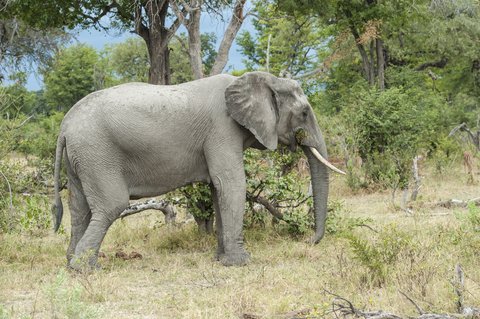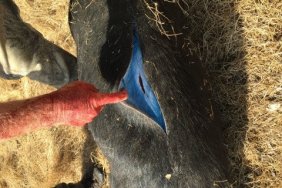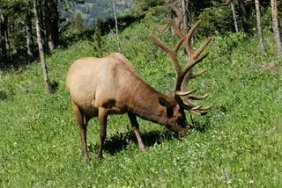
If it weren’t for hunters and ranchers over time, the entire world would be as diverse as Africa’s Serengeti. The fact that Africa today has the largest concentration of big mammals is not the result of climate or other environmental factors, but rather the effect on modern modern and hunting in particular.
A new study published recently in Diversity and Distributions attempts to map the diversity of large mammals had humans not existed. The results show that North and South America might actually have more bio-diversity of big mammals than all of Africa. Northern Europe would be home to elephants and rhinoceroses.
Researchers from Aarhus University, Denmark analyzed data of mammal diversity following the last ice age and the millenia that followed based on estimates of the “natural distribution of each species according to its ecology, biogeography and the current natural environmental template,” according to the study.
“Northern Europe is far from the only place in which humans have reduced the diversity of mammals – it’s a worldwide phenomenon. And, in most places, there’s a very large deficit in mammal diversity relative to what it would naturally have been”, Professor Jens-Christian Svenning, who is one of the researchers behind the study, stated in the abstract.
Recently a similar study showed that the way humans hunt, by targeting the biggest and most mature animals, had a negative affect on biodiversity. This latest study looks at what would have happened if mankind didn’t hunt at all.
The only reason Africa still has such a diversity of large mammals is because hunting has not eradicated them to such an extent as on other continents. The prevalence of bears and other large wildlife in mountains and deep valleys is another testament to the theory. Often this is mistakenly attributed to environmental variation, but that assumption would be wrong.
“The current high level of biodiversity in mountainous areas is partly due to the fact that the mountains have acted as a refuge for species in relation to hunting and habitat destruction, rather than being a purely natural pattern. An example in Europe is the brown bear, which now virtually only live in mountainous regions because it has been exterminated from the more accessible and most often more densely populated lowland areas,” explains co-author Soren Faurby in the abstract.
In the book Guns, Germs and Steel, author Jared Diamond advanced the theory that Africa has maintained its diversity of large mammals because the continent contains the least number animals that can be domesticated. If you’ve never seen someone ride a horse or corral water buffalo, there’s probably a reason.
Photo credit: Dreamstime








